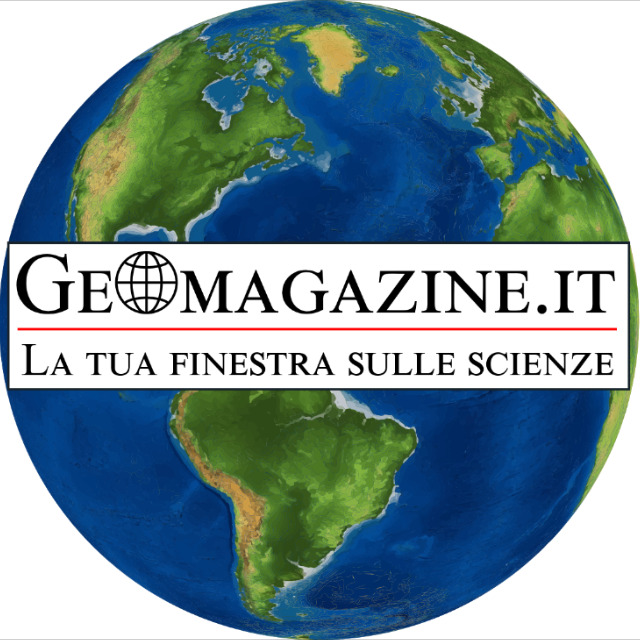A portable mini-weather station from two Italian engineers
Two electronics engineers, Juri Iurato and Timoteo Galia, have decided to provide a service to the community by developing a small and portable weather station, taking advantage of their expertise and their great passion for meteorology and sport. They have called it MeteoTracker and it is a little gem, no bigger than the palm of your hand, intended for anyone who might wish or need to stay up to date on meteorological conditions while travelling.
THE USEFULNESS OF A PORTABLE WEATHER STATION – Under certain conditions, air temperature may vary considerably within the space of a few tens of metres, especially in very complex areas and in the absence of the lower mixed layers phenomenon (i.e. wind and/or cloud cover). This will depend on the orography of the location, the type of land and the reference period. It will also depend on the meteorological conditions present at the time the measurement is taken. For obvious reasons these variations cannot be measured from a fixed location which is limited to providing a correct value, measured within those few square metres surrounding the measuring station.
The official Italian Meteorological Service run by the Italian Air Force, for example, measures meteorological values serving aeronautical meteorology, to encourage standardisation of meteorological measurements making statistical publications and observations uniform, and forecast modelling.
These measurements are taken by the so-called “synoptic” stations, capable of measuring what is essentially approximate data for a vast portion of the territory (around 100 km). This is limited information as it does not account for mesoclimatic measurements and requires a certain uniformity of data. Such a policy excludes measurements in areas subject to strong and local radiative cooling, in woodlands or on the shores of a small lake. These are some examples of locations that are not considered and only partially remedied by the remaining amateur stations or regional bodies.
The World Meteorological Organization (WMO) has established that fixed stations must be distinguished in accordance with the purpose of the measurement and an evaluation of the spatial scale of which it is representative. And so, in distinguishing the purpose for which they are intended, that of the synoptic station comprises the usefulness of measurements in the agrometeorological and topoclimatic fields, capable of formulating forecast models in limited areas. Having said this, even a particularly dense fixed station network will never be able to observe the thermal differences that a mobile station can reveal, as it is capable of measuring data with an extremely high spatial resolution.
A PATENTED SYSTEM – Measuring the correct air temperature requires the use of sensors inserted within a special solar screen or shelter. This is necessary so that the data is not distorted by direct sunlight while ensuring that sufficient air flows through the sensor. These instruments are not always accessible to everyone due to the significant cost. Moreover, they are cumbersome objects that are not suited to becoming a mobile observatory. Car or pharmacy sensors, in the presence of direct sunlight or in the presence of snow or rain, tend to measure inaccurate thermal values (either too high or too low) precisely because they do not have a solar screen.
MeteoTracker uses a multi-sensor that implements a (patented) system capable of correcting the error caused by solar radiation. As a matter of fact, it is equipped with two temperature sensors that, with a differential schematic, allow the so-called “radiation error” (a component that results when the sun raises the temperature of the product) to be removed from the temperature data. Therefore, the schematic provides for an exact measurement of the air temperature with respect to that of the affected surface, even in the absence of shielding; thus, it is light weight and occupies a very small amount of space.
OTHER PRACTICAL APPLICATIONS – One of the more interesting characteristics is the sampling speed which, unlike that of a car thermometer, allows it to capture the smallest thermal variations between neighbouring areas. This permits the measurement of any areas subject to thermal inversion or to downslope winds during warm advections. In addition, it can determine the thermal differences between opposing sides, the mitigation provided by seas and lakes compared to more “mainland” areas, the thermo-hygrometric profile (if used during free flight) or simply the thermo-hygrometric difference between different altitudes.
By inserting the data into a ‘community’ it will be possible to create a significant archive of all the measurements taken and information shared in real-time will allow anyone to evaluate meteorological conditions (even in street-view mode). It is a very useful service for the community, complete with photographs that the instrument can acquire through a smartphone. The team is also implementing a number of other functions, including the possibility of viewing surface temperatures for preventing forest fires, but also the idea of implementing an ultrasonic anemometer.
All data is acquired through an APP which enables the visualization of maps and charts of altitude, location, atmospheric pressure, UV rays, a fine dust reading and relative humidity, along with many other parameters.
CONCLUSIONS – From Sweden to the USA, and from Italy to Canada by way of Germany and Spain, more than 45 test units have contributed to implementing appropriate improvements. The initial testing phase took place in 2017 and the instrument has now landed on the American Kickstarter platform, where you can order it and view the minutest and most refined of details.
- Bibliography: meteotracker.com
- Translation from the original text by Eleni Markopoulou















